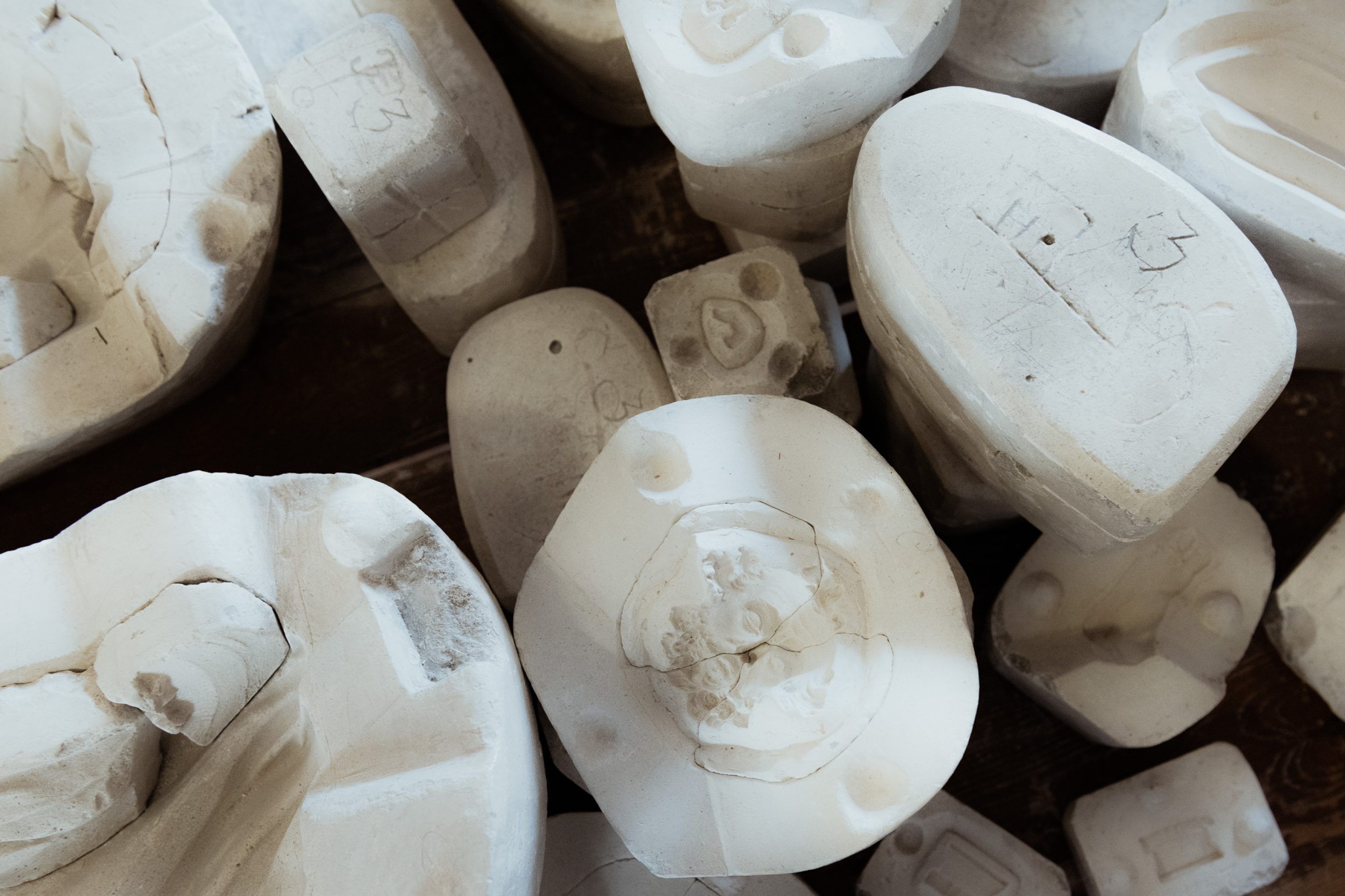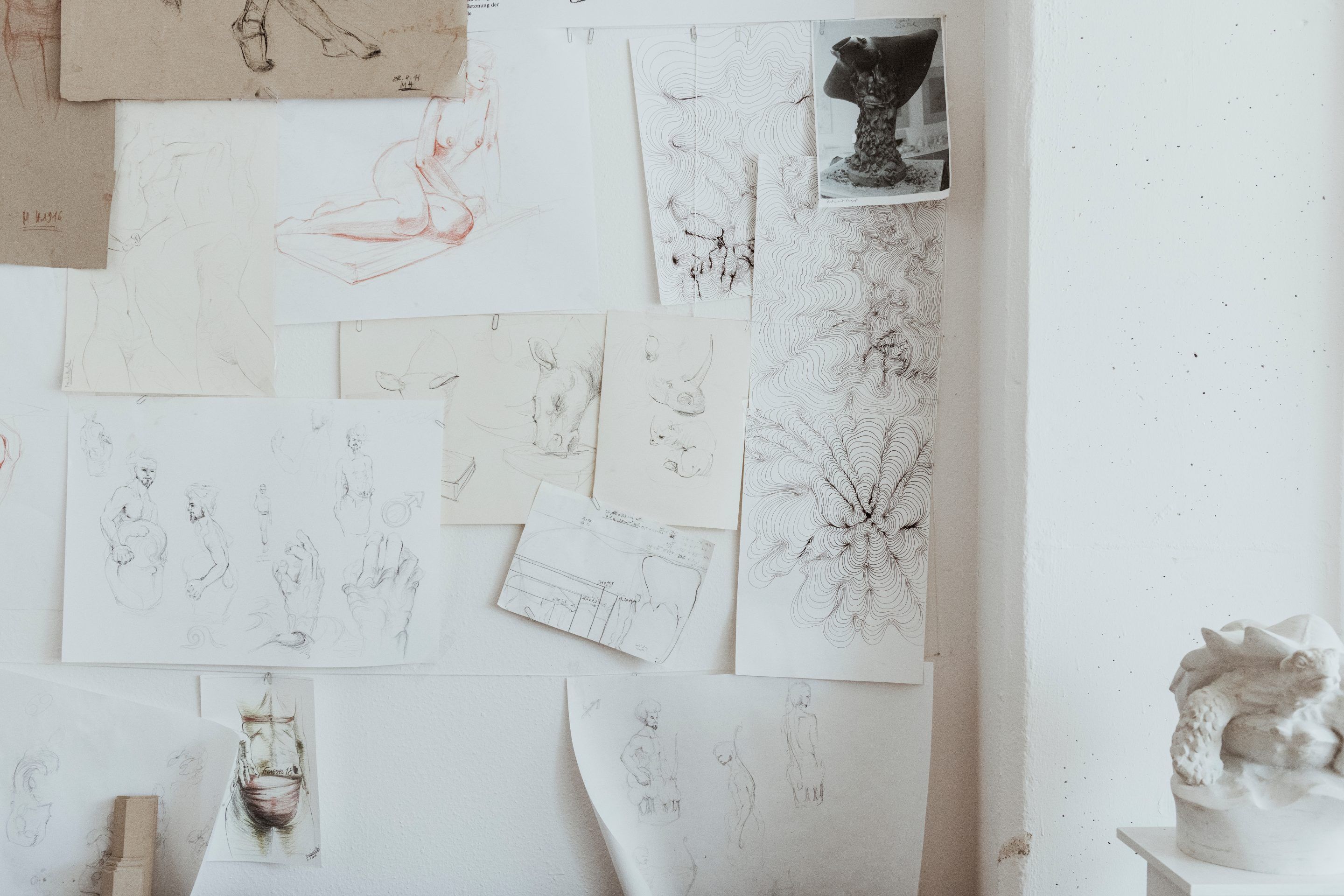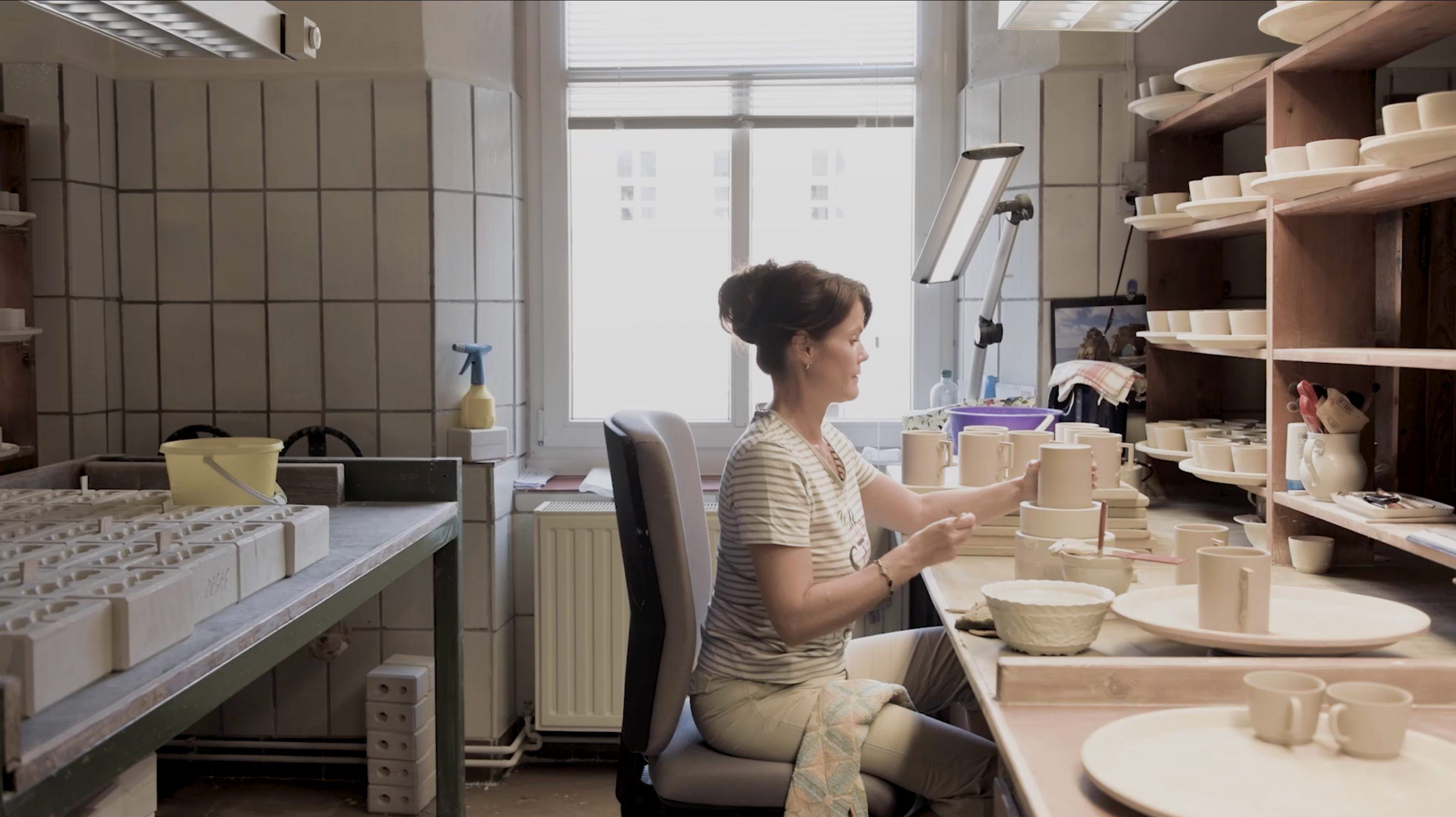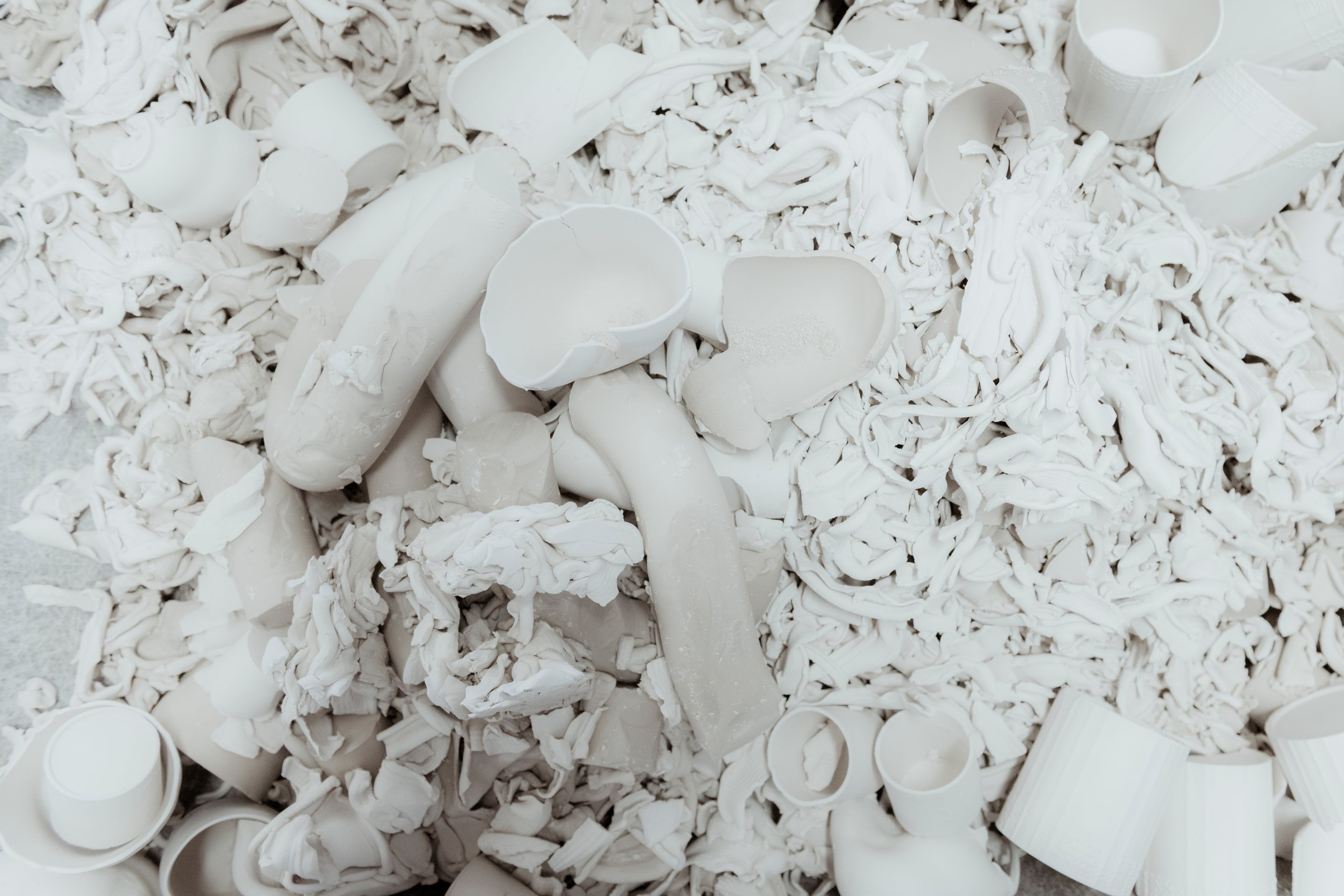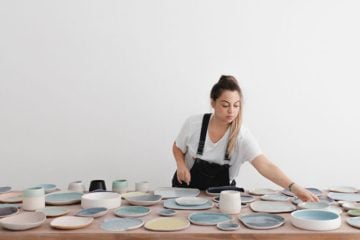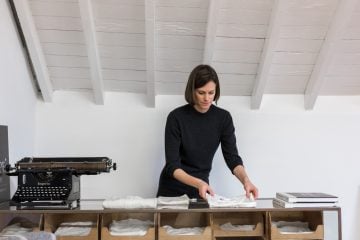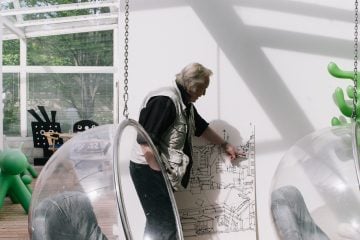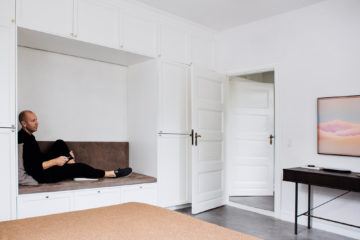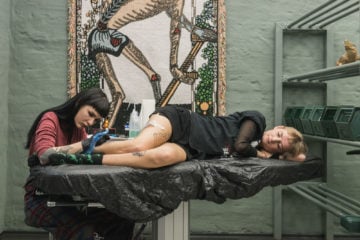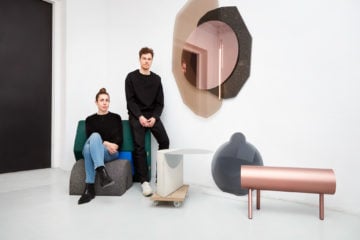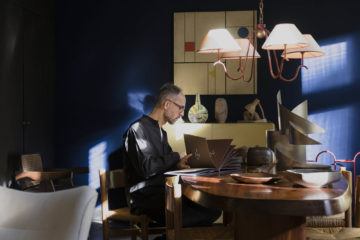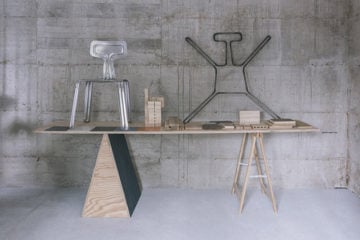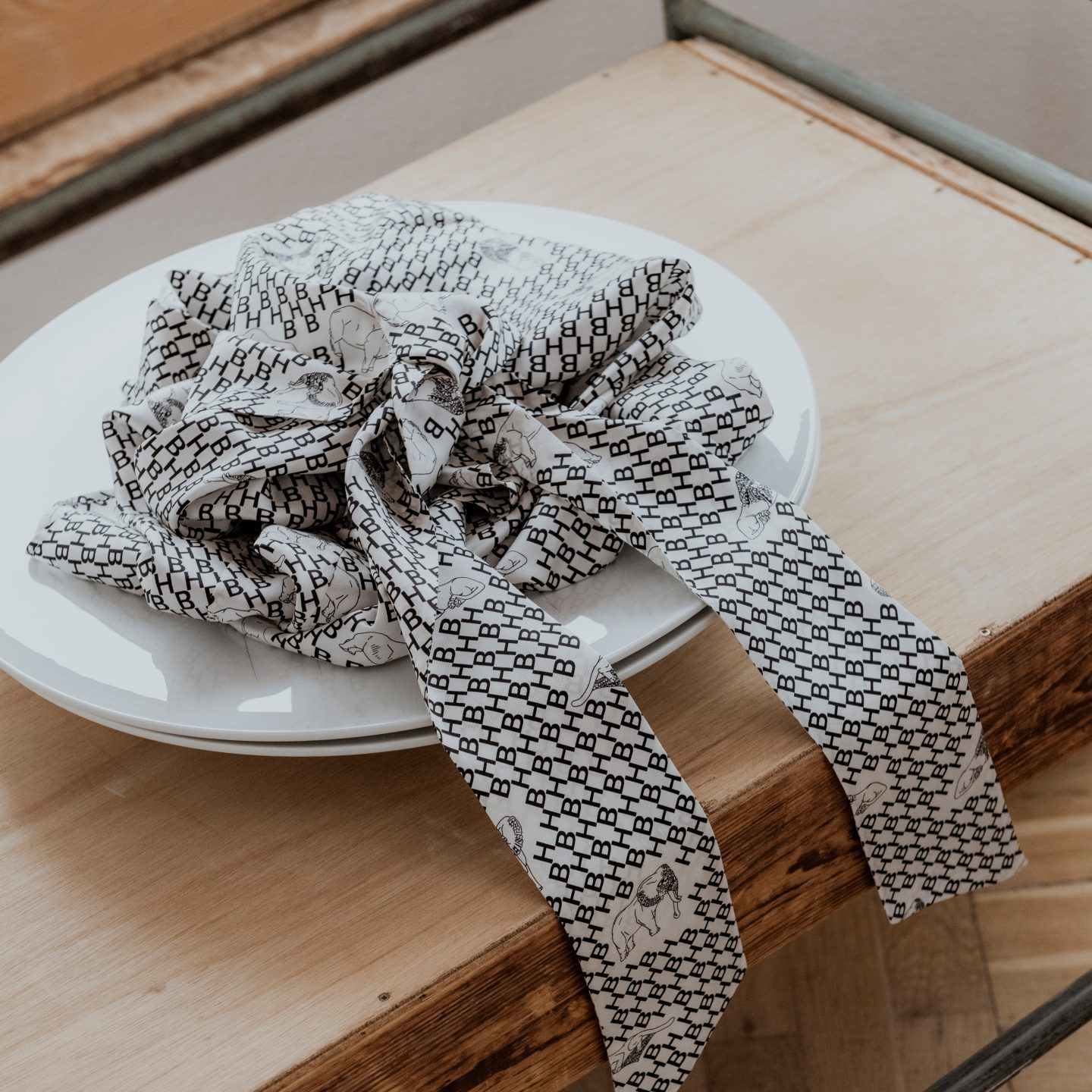
BOSS And Meissen Join Forces For A Collaboration Of Old-World Craft And Modern Abstraction
- Name
- BOSS
- Images
- Franz Grünewald
- Words
- IGNANT
“We had three glasses of champagne at the christmas party of German Vogue two years ago, and after the fourth, Ingo [Wilts of Hugo Boss] said: Let’s do something together,” recounts Otto Drögsler, who, along with his partner Jörg Ehrlich, was named creative director of Meissen in 2017.
While collaborations have become a norm in the fashion industry, this one stands out. “As a German heritage company, we want to emphasize where we come from, and so it was a natural impulse to bring two German houses with a lot of common values together: we both have a strong history, and we both share a deep appreciation for quality, handicraft and elaborate aesthetics,” says Wilts, chief brand officer of Hugo Boss.
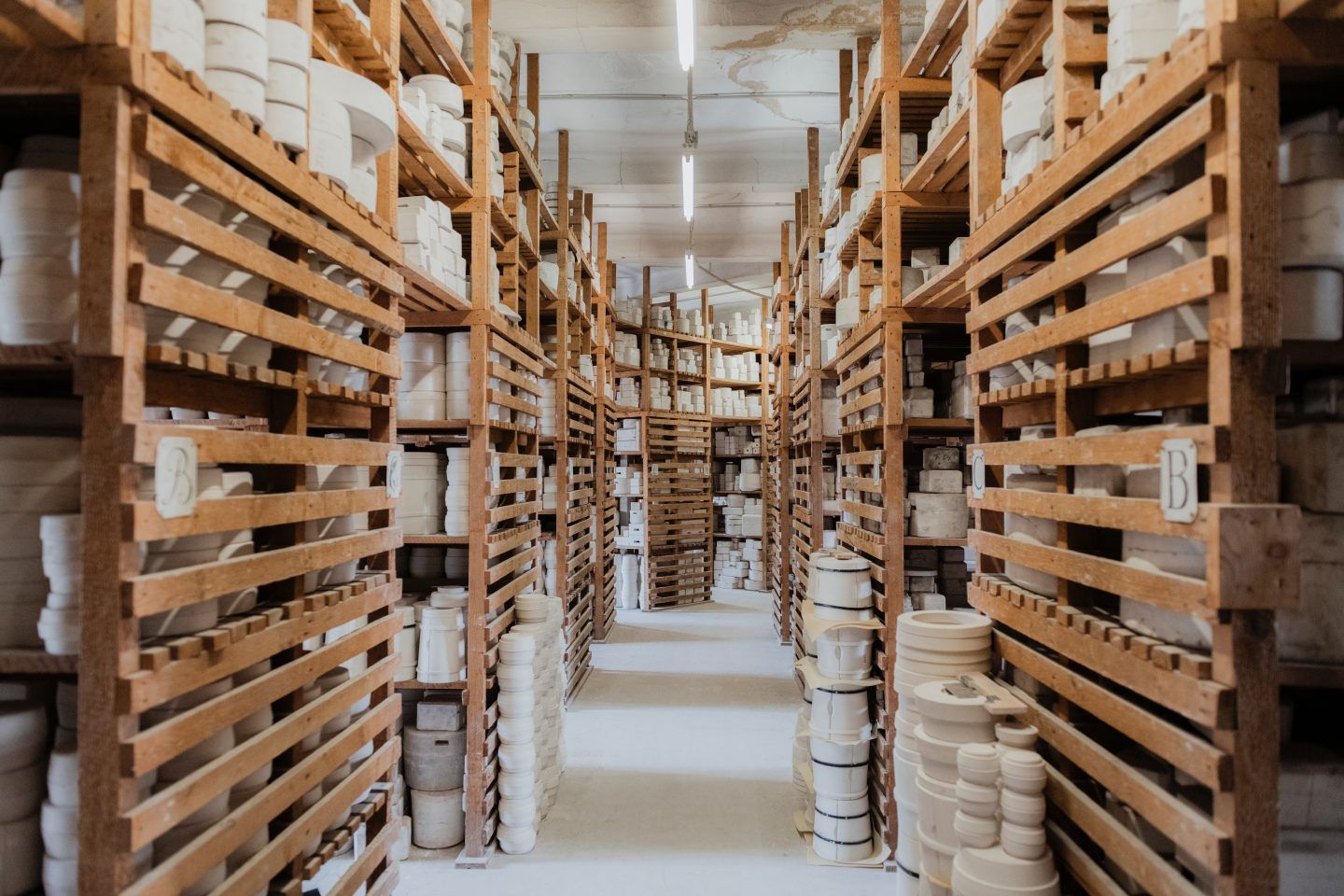
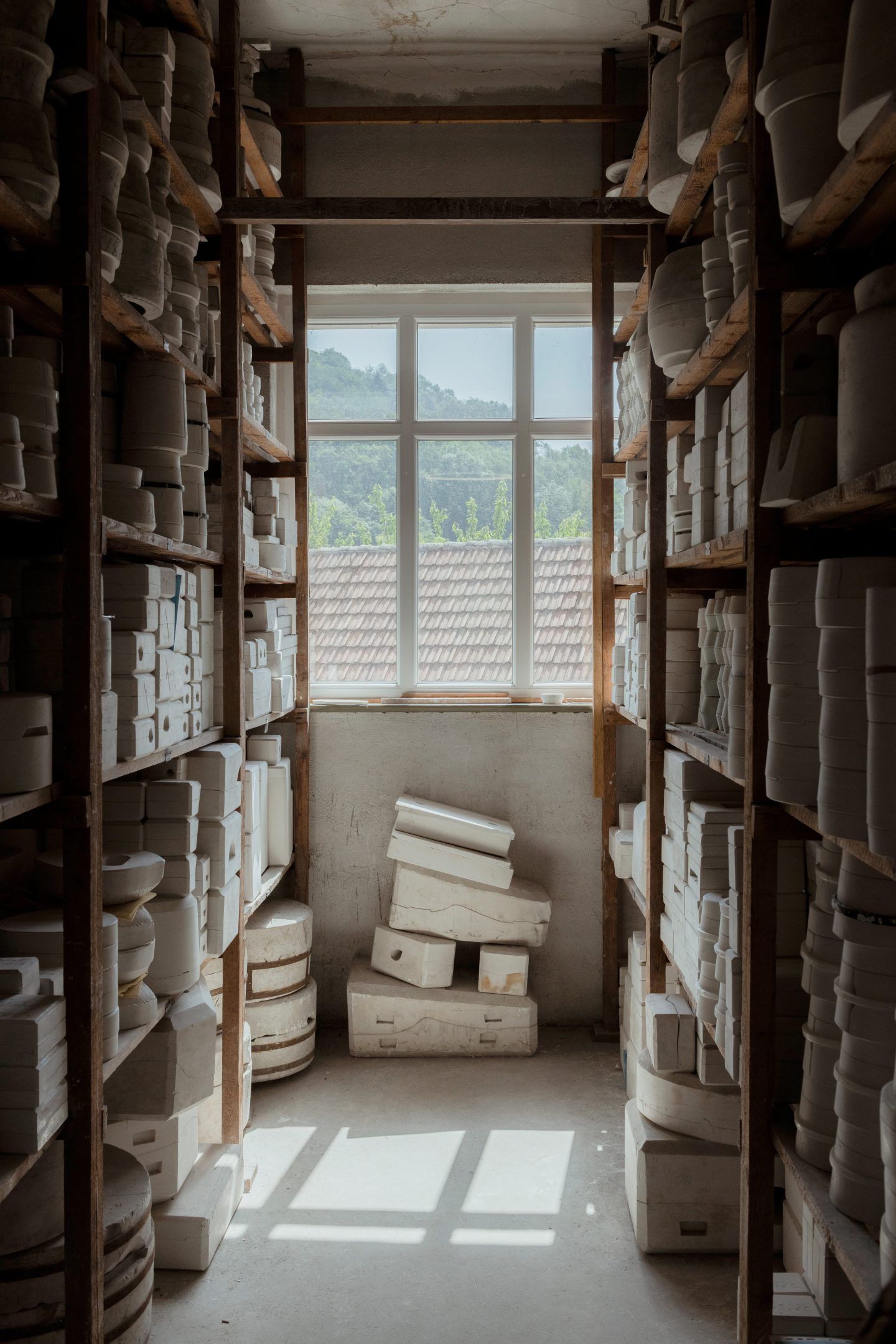
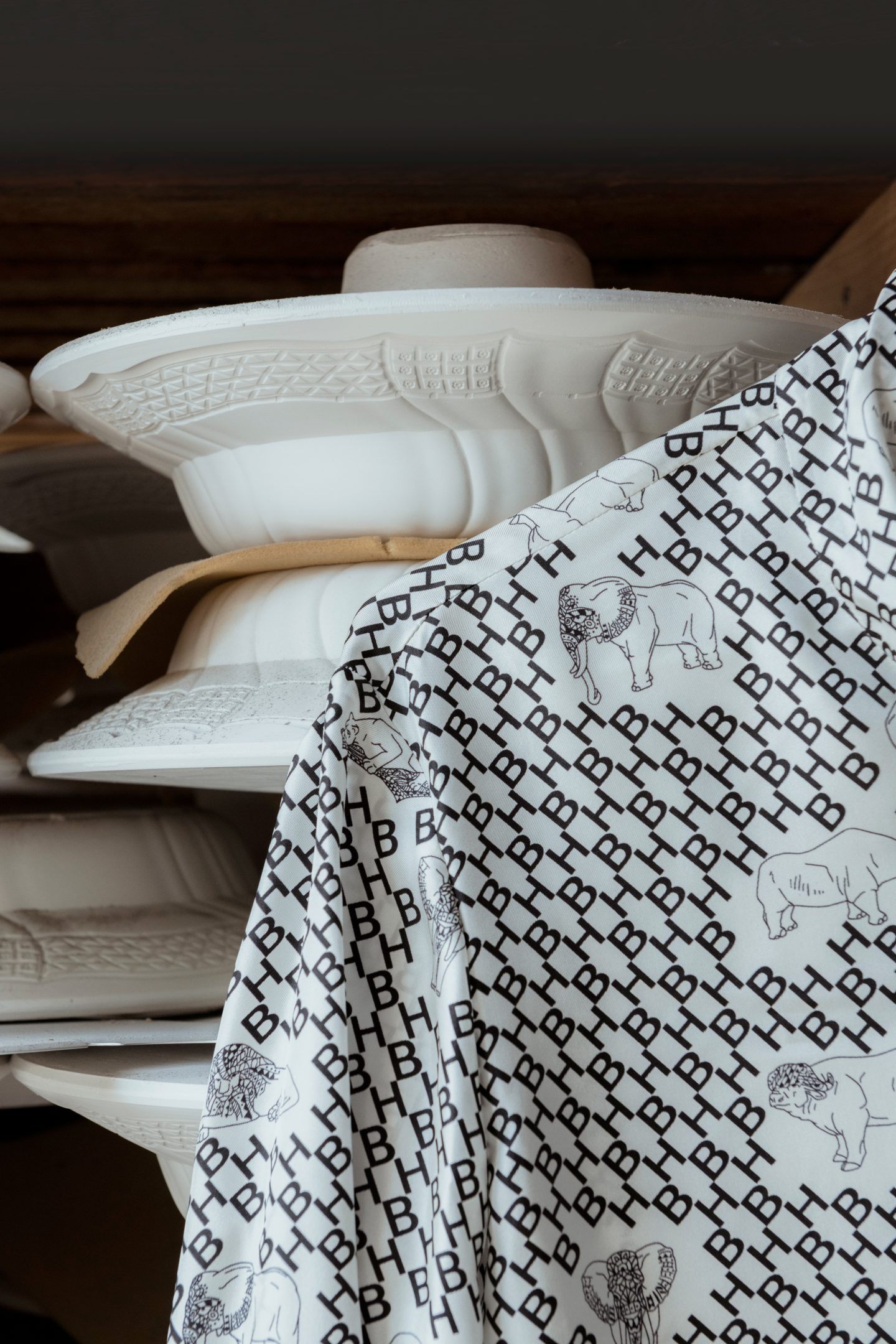
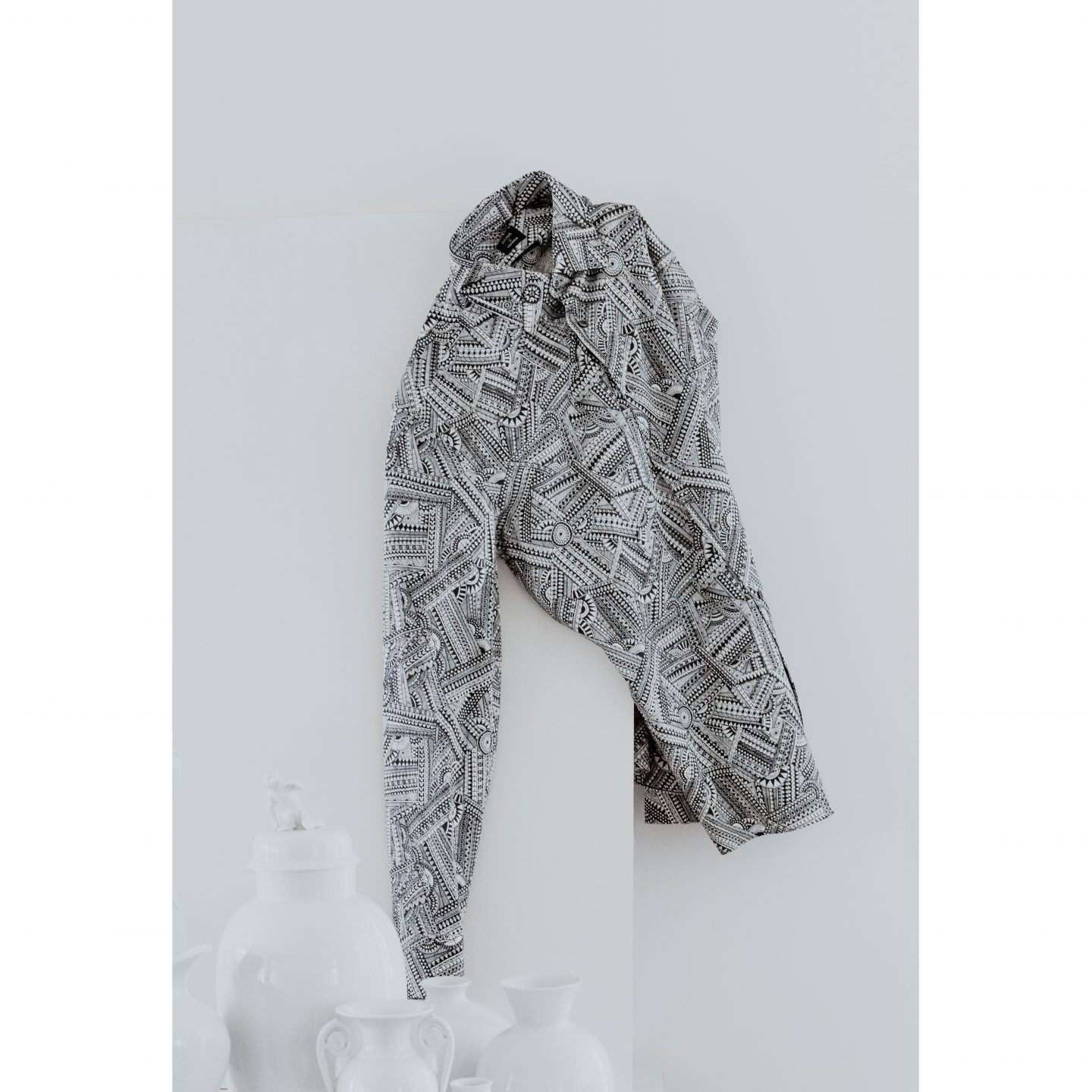
Yet, at first sight, the two companies’ aesthetics and crafts couldn’t be further apart. Hugo Boss is an international corporation with a global business network from the fast-paced fashion industry. Meissen, on the other hand, is a traditional manufacturer where every single piece is sourced and handmade within close proximity of its namesake hometown.
The manufacturer’s history dates back to the baroque era, when the European courts’ taste for rare porcelain from China sparked a continental quest to discover the secret to the “White Gold”. After almost two centuries of failed experimentation, it was the German alchemist Johann Friedrich Böttger who invented European porcelain.
Upon his discovery, the company Meissen was founded in 1710 by the decree of Augustus II the Strong, Elector Prince of Saxony and King of Poland, and first housed at the historical Albrechtsburg castle in the namesake town of Meißen, just twenty kilometers from Augustus’ seat in Dresden and in close proximity to the kaolin mine that fed the production.
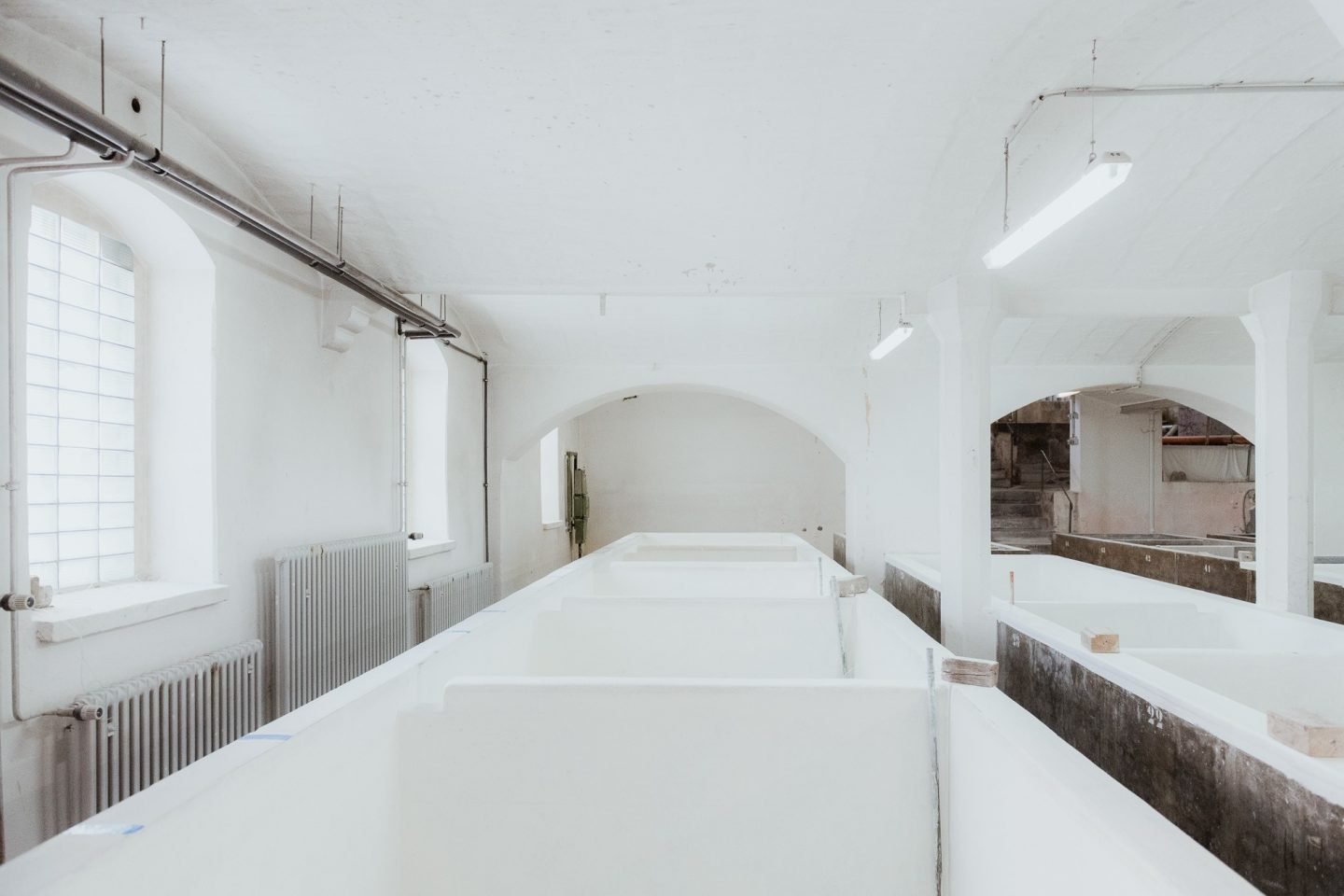
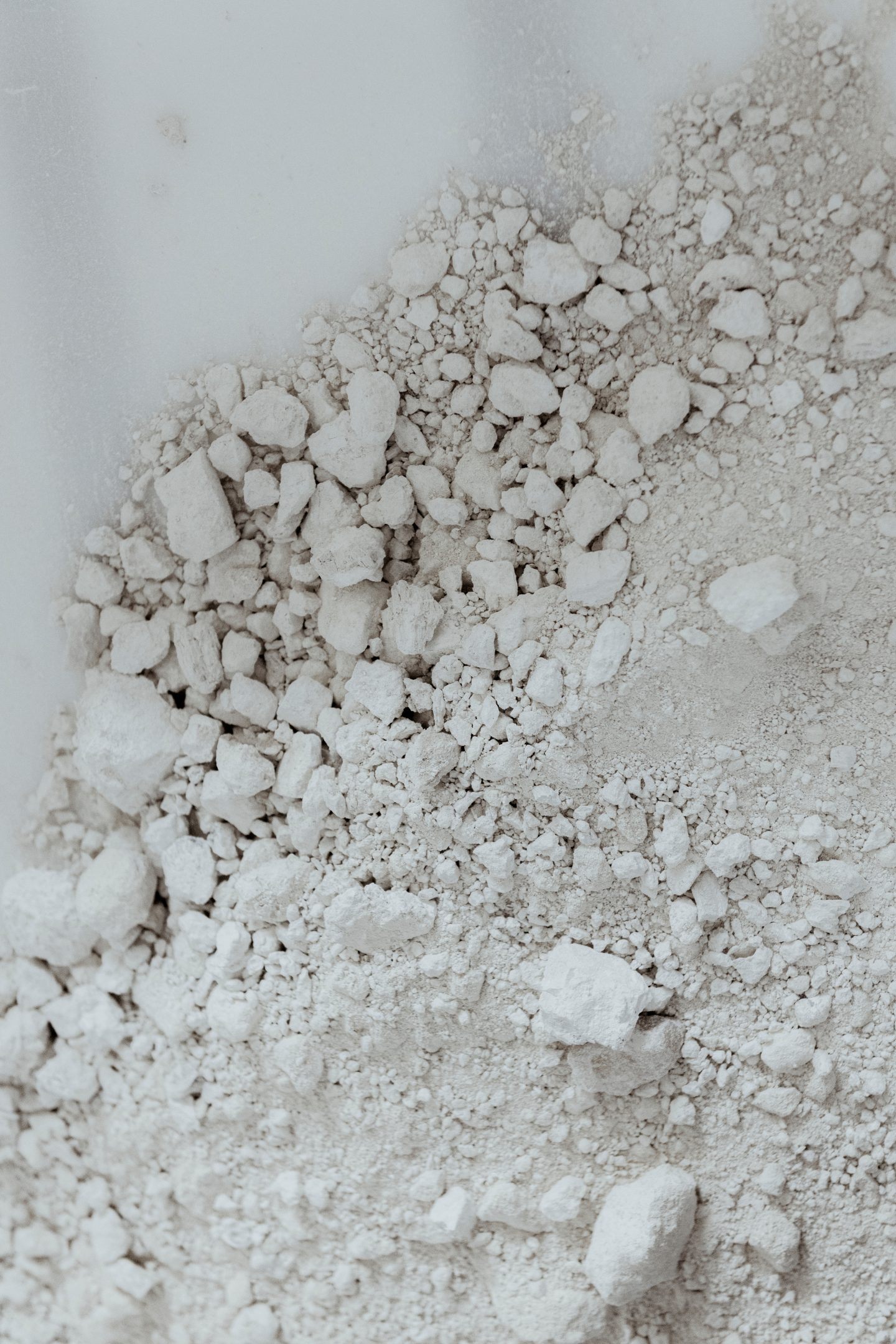
As the European pioneer of porcelain, Meissen not only imitated Chinese imports, but actually created the first fine tableware in Europe, along with intricate miniature figures and opulent sculptures. Amongst the most famous designs are the tableware sets ‘Swan Service’ and the original, much copied ‘Blue Onion’. In response to the many copycats, in 1722 Meissen introduced one of the oldest trademarks in brand history; the crossed swords logo that is still hand-painted onto every piece of their porcelain to this day.
A journey to the birthplace of the first European china reveals that little has changed since Böttger’s days: Still the perfect setting for a historical movie and just a stone’s throw from its original site, Meissen’s present-day premises offer a rare look into old-world artisanship when all things precious travel through caring hands.
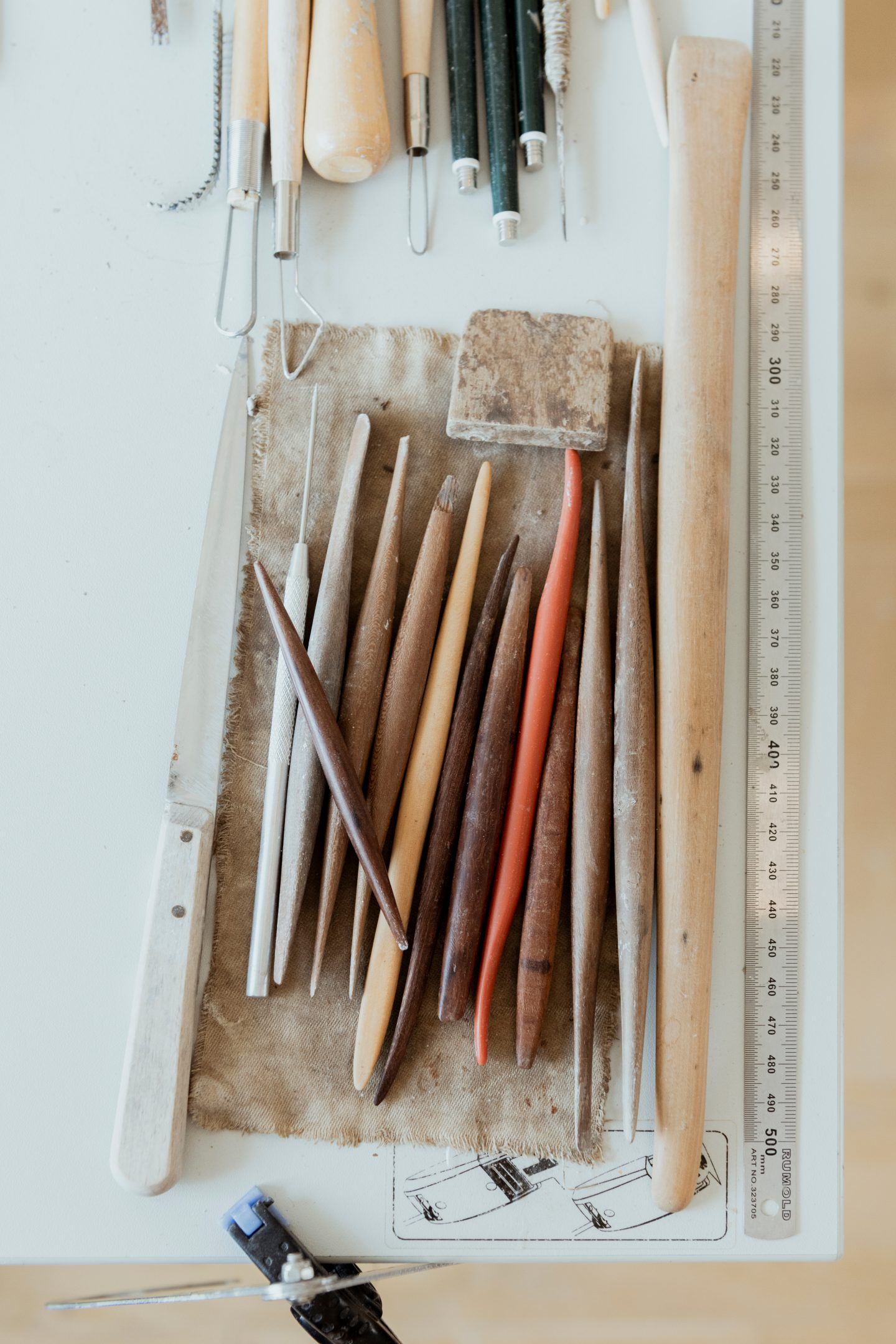
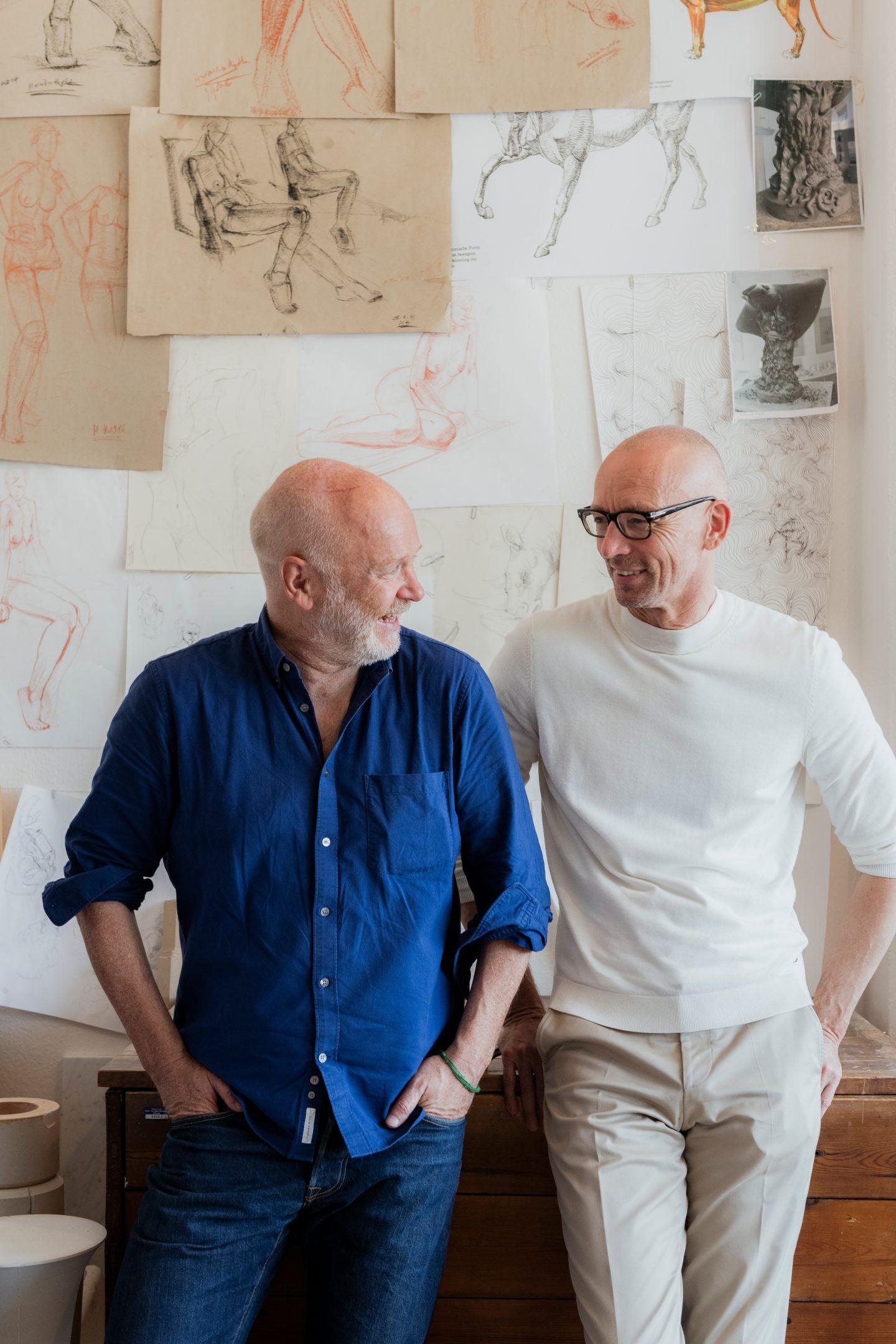
Two workmen source kaolin, the base for the fine white porcelain, from the original mine; which is one of the smallest in Germany, and has been in use since the 18th century. The clay is processed under the watchful eyes of skilled technicians at the factory, and just a few halls away, it is cast and fired, glazed and hand-painted by specialist artisans with historically preserved techniques.
The adjacent museum and archives filled with ceiling-high stacks of porcelain moulds and historic sketches chronicle over 300 years of the factory’s history. Over time, these artefacts are testament to how Europeans imagined plants and animals from far-away lands at a time when realistic depictions of such things were unavailable.
“The traditional techniques largely remain the same, everyone has their specialties, and we work very closely with each other to design and realize new pieces. But over time, the aesthetics have changed,” says Maximilian Hagstotz, a sculptor, who like the majority of the artisans working for Meissen, was trained in-house.
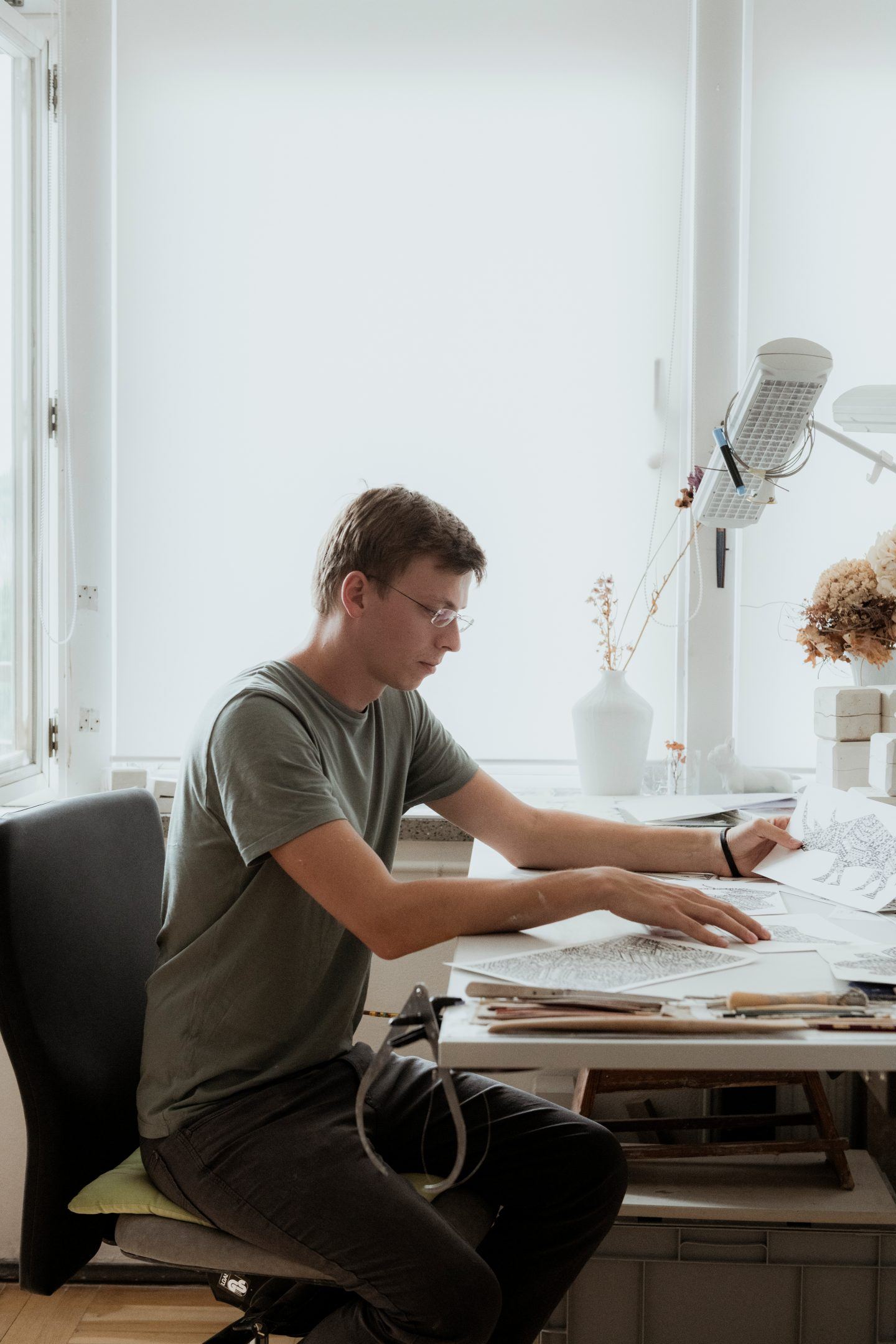
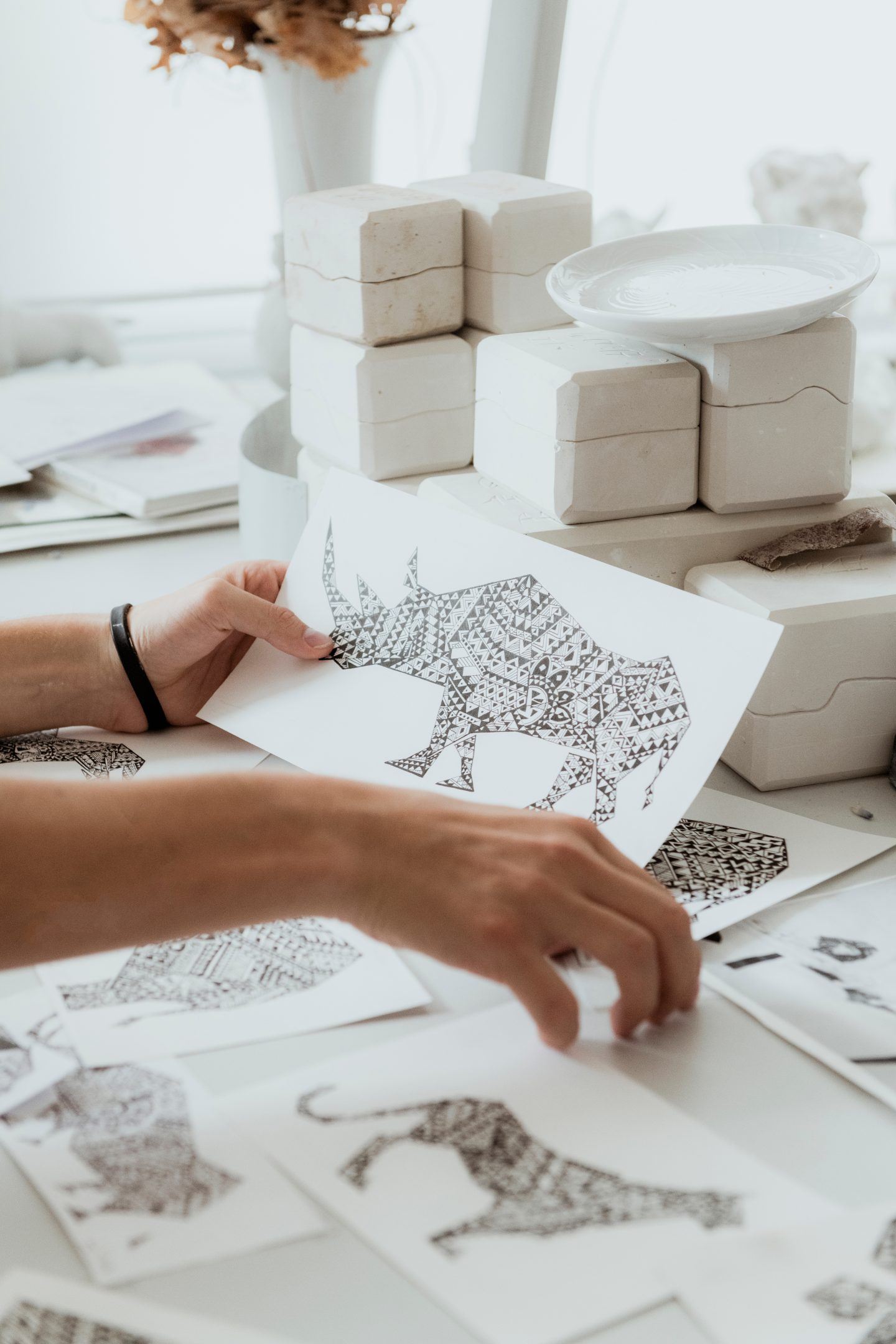
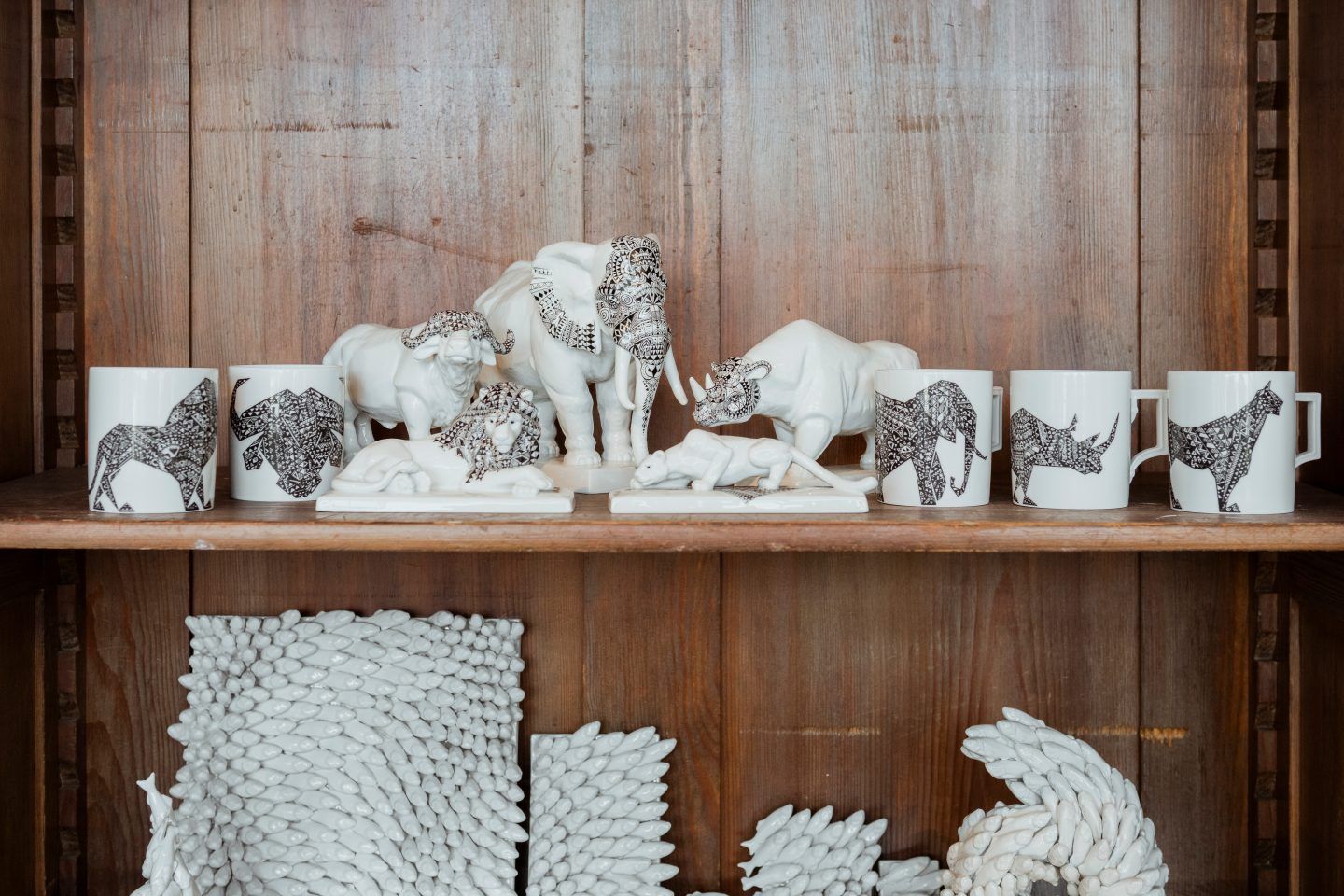
“I wanted to do something honest and entered the factory as an apprentice when I was 16 years old and went on to the porcelain painting master class where I was educated in subjects like anatomy, painting and historical studies.” he recounts.
A specialist in painting animals, Hagstotz designed the black-and-white graphic images of the ‘Big Five’ animals that are at the heart of the Boss and Meissen collaboration. The holiday capsule collection features men’s and women’s wear and accessories adorned with elephants, lions, leopards, rhinoceros and buffalo, as well as hand-painted Meissen porcelain cups and figures of the animals.
“Thinking of the ‘Big Five’, I tried to find a dialogue between traditional African handicraft and porcelain and merge it into something new. I looked at ancient sculptures, woodcarving and traditional wax print fabrics from the animals’ countries of origin and departed from there,” explains Hagstotz.
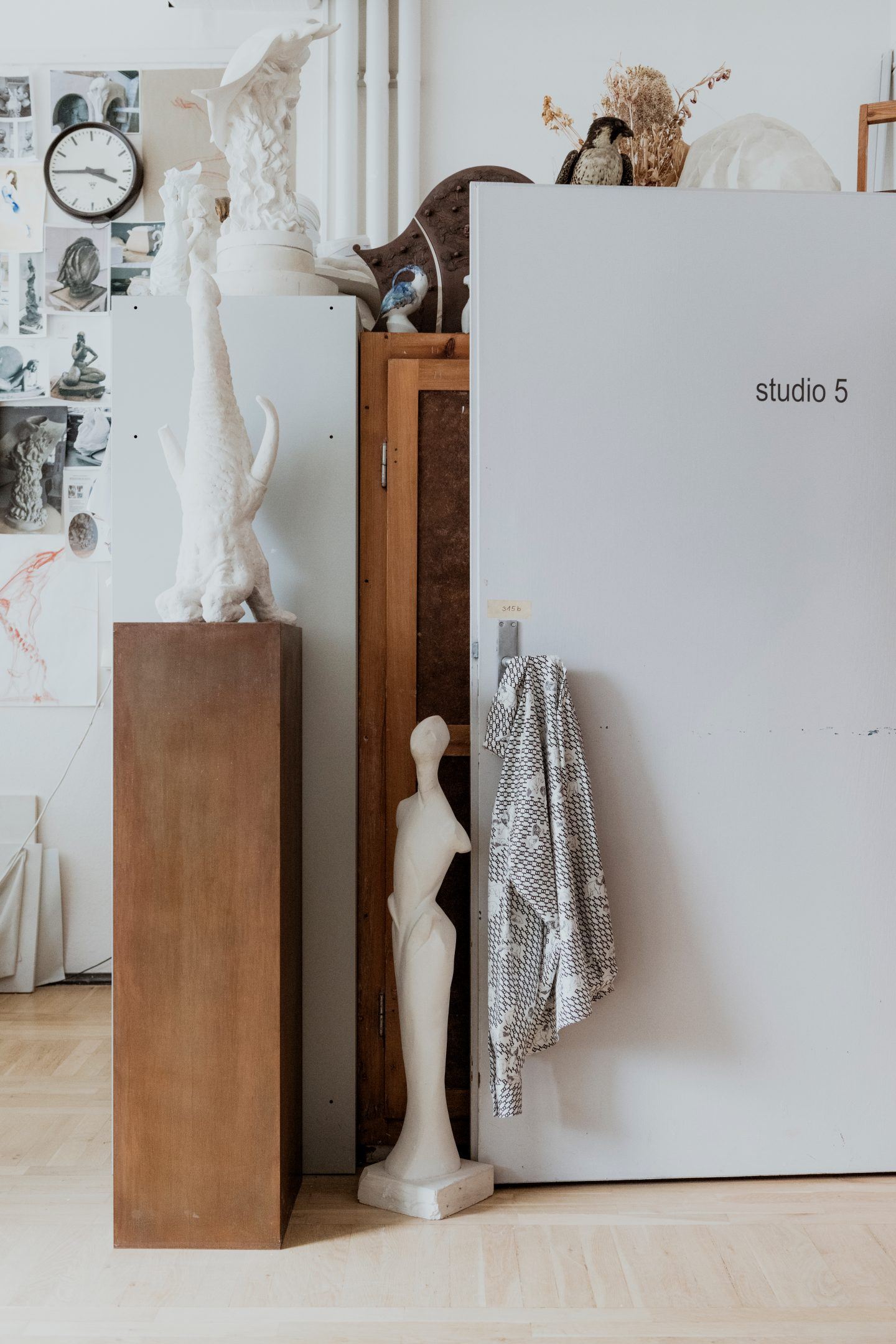
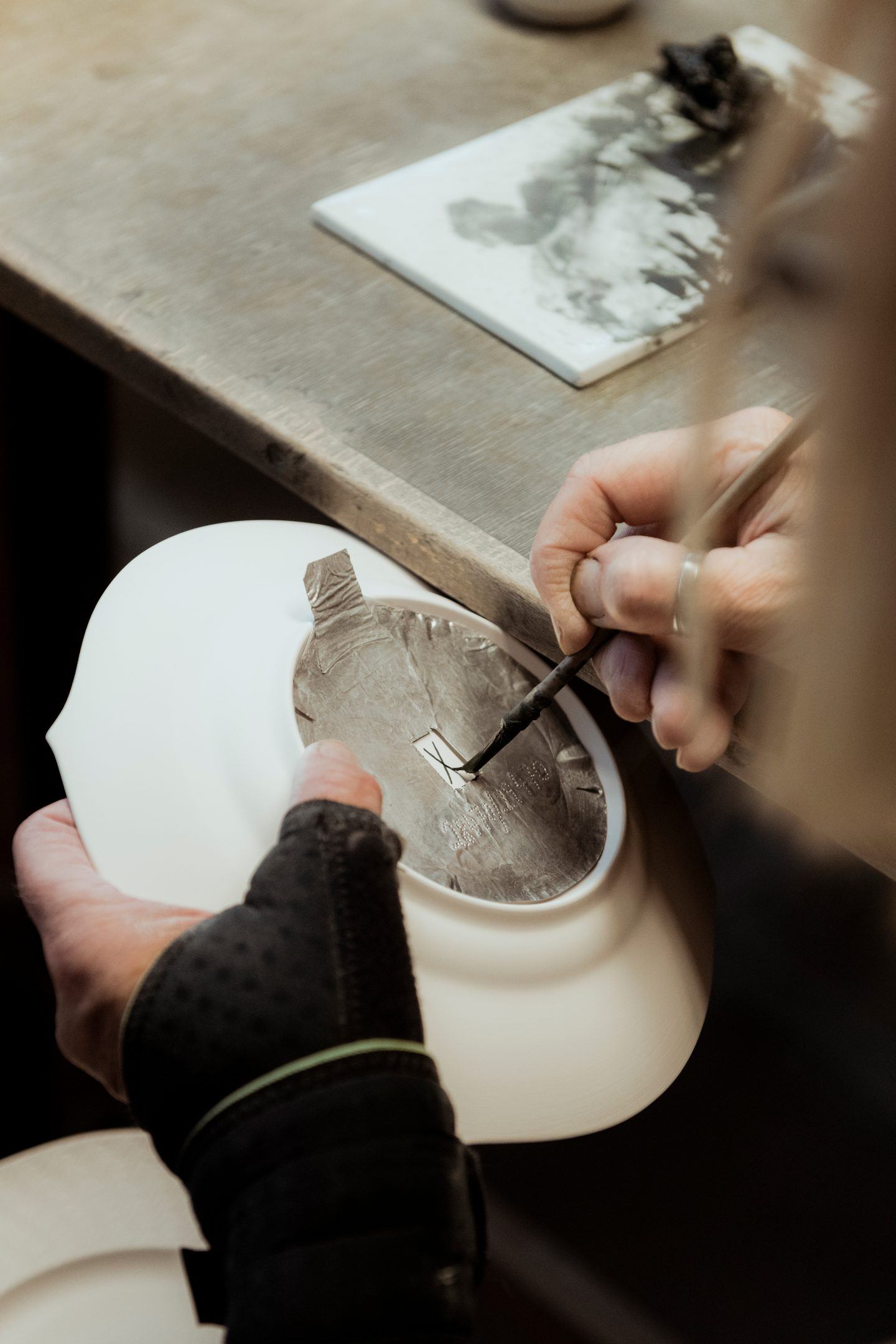
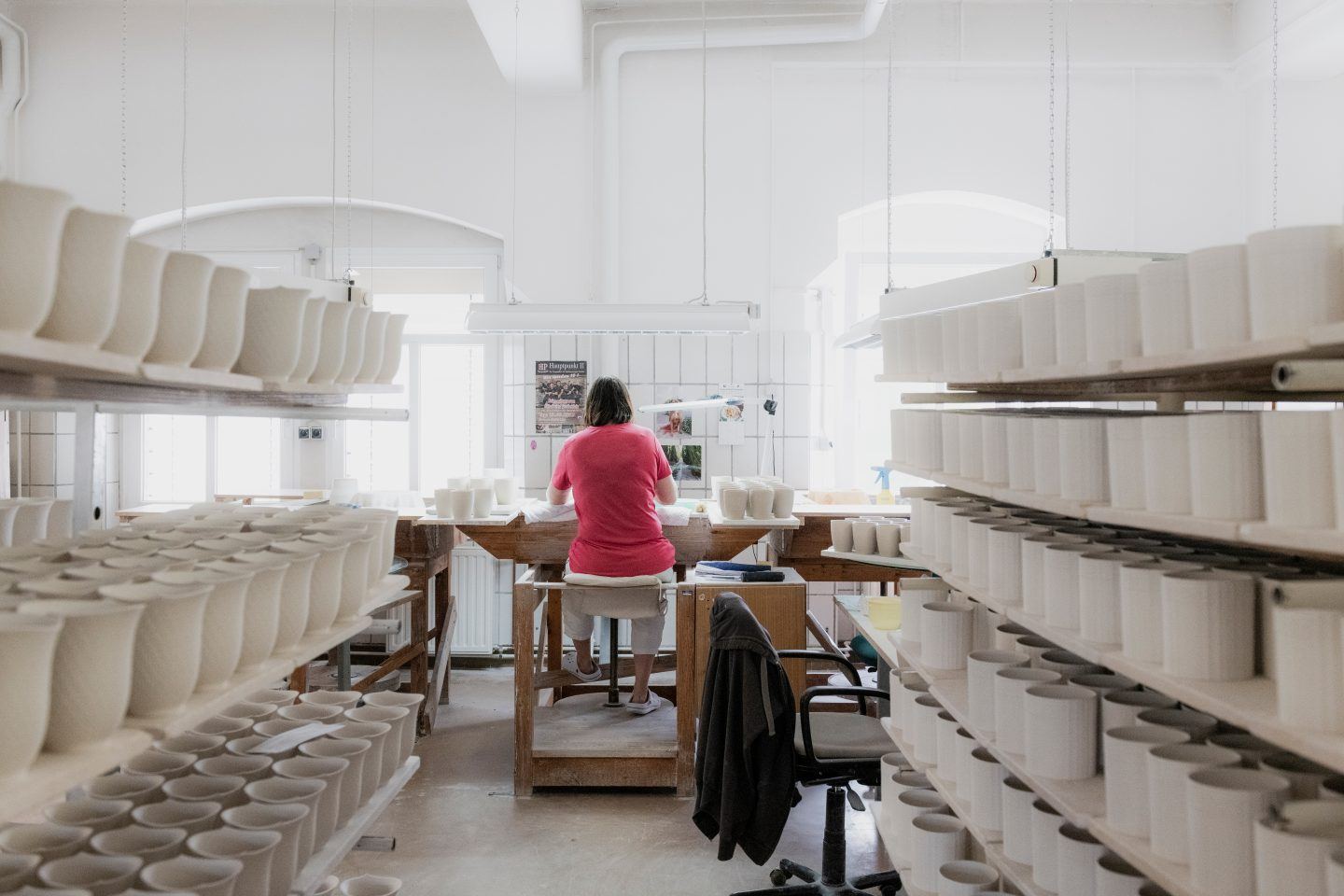
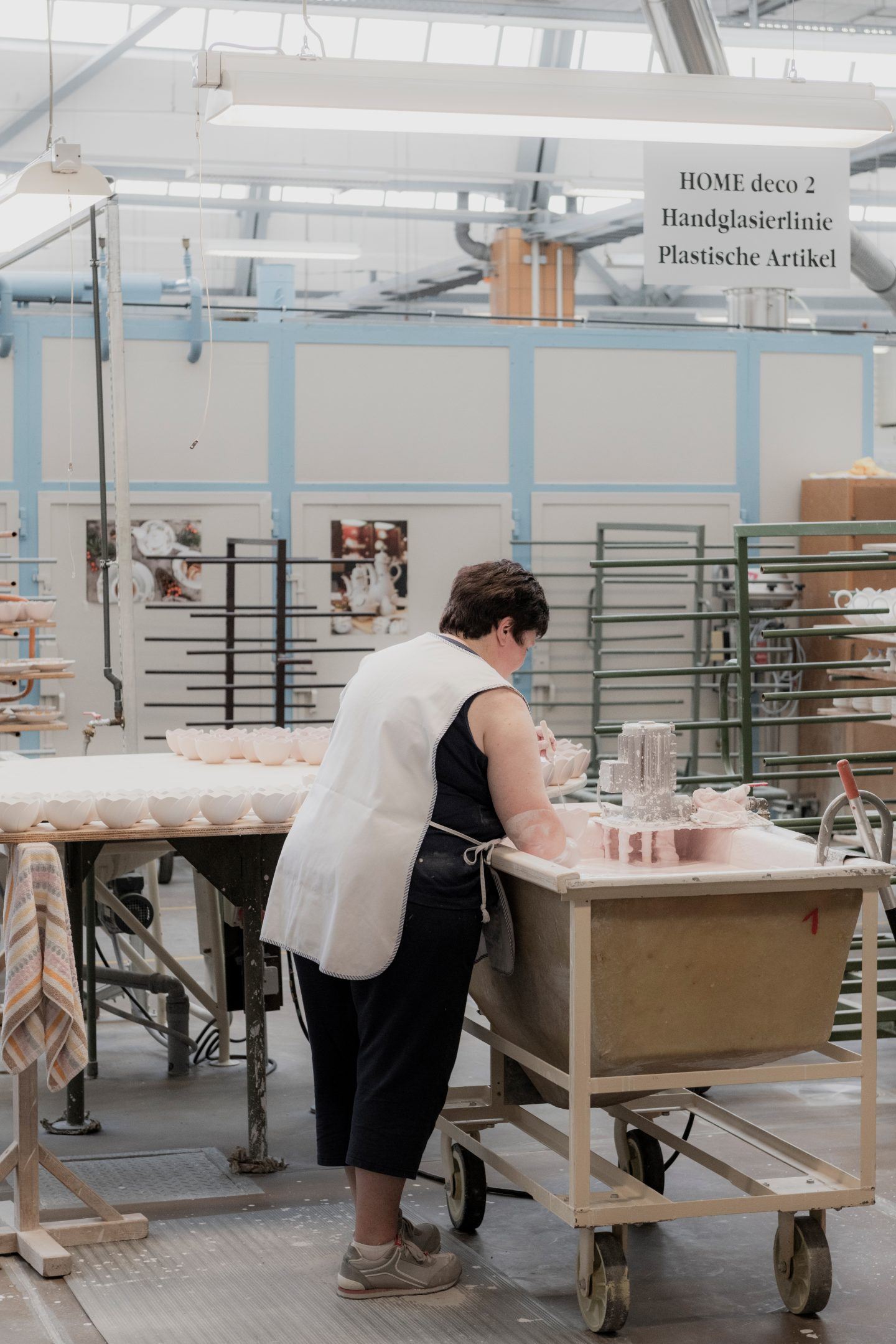
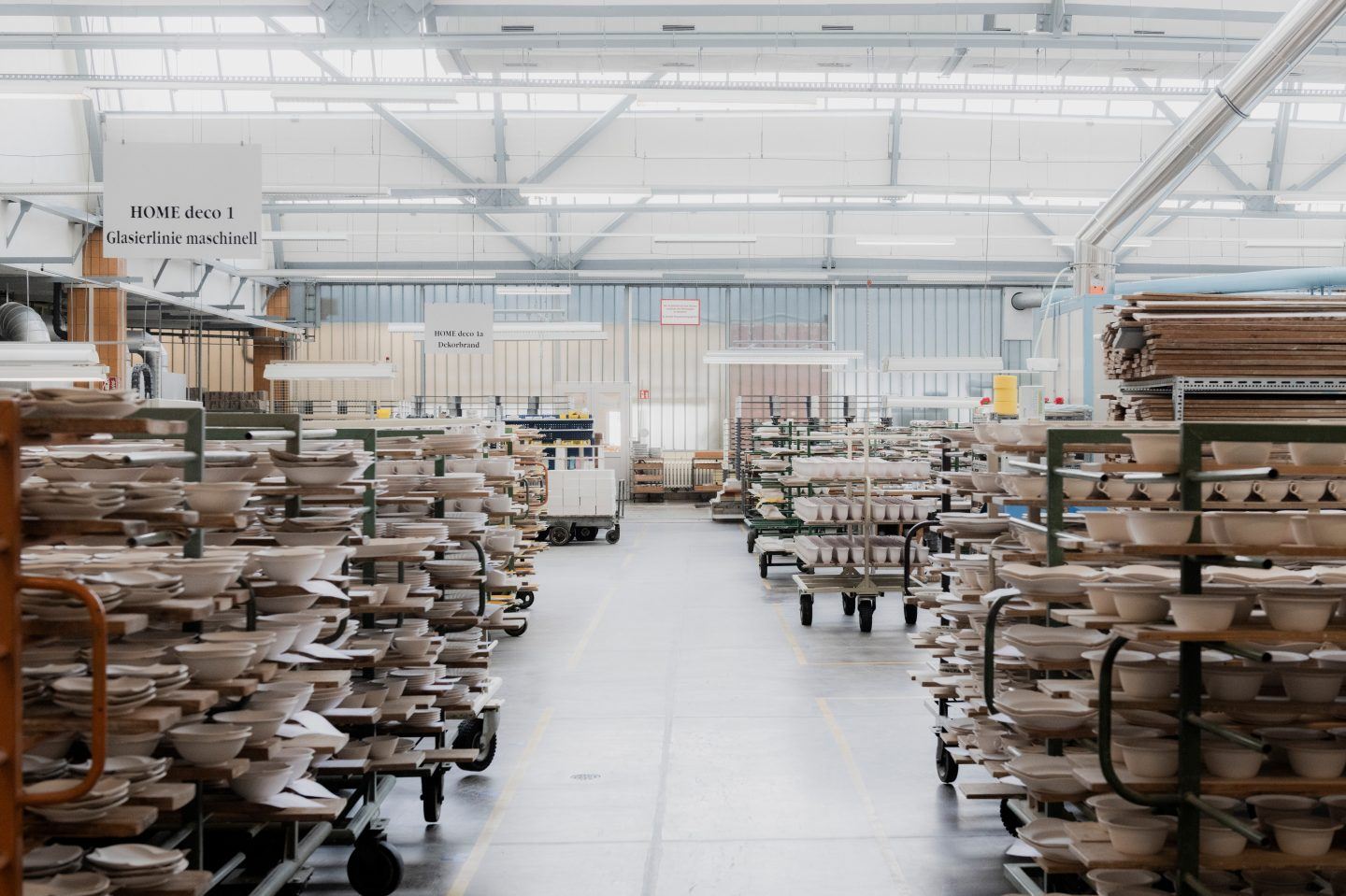
“Meissen has always looked beyond, and while our roots lay in the baroque and figurative, the design for the collaboration with Hugo Boss is more abstract” explains Drögsler, the creative director. A fashion designer and the founder of niche brand Odeeh with his partner Ehrlich, the duo has brought a wind of change into the manufacturer with a diverse approach to the creative process, while maintaining the traditional handicraft.
“Coming from very different angles with our heritage lying in the classic suit, we quite like the surprise effect. It’s important to broaden our perspectives and open fashion up to other things with a good partner. This work with Meissen was the easiest I’ve experienced, everything just went into the right direction from the beginning” explained Hugo Boss’ Ingo Wilts.
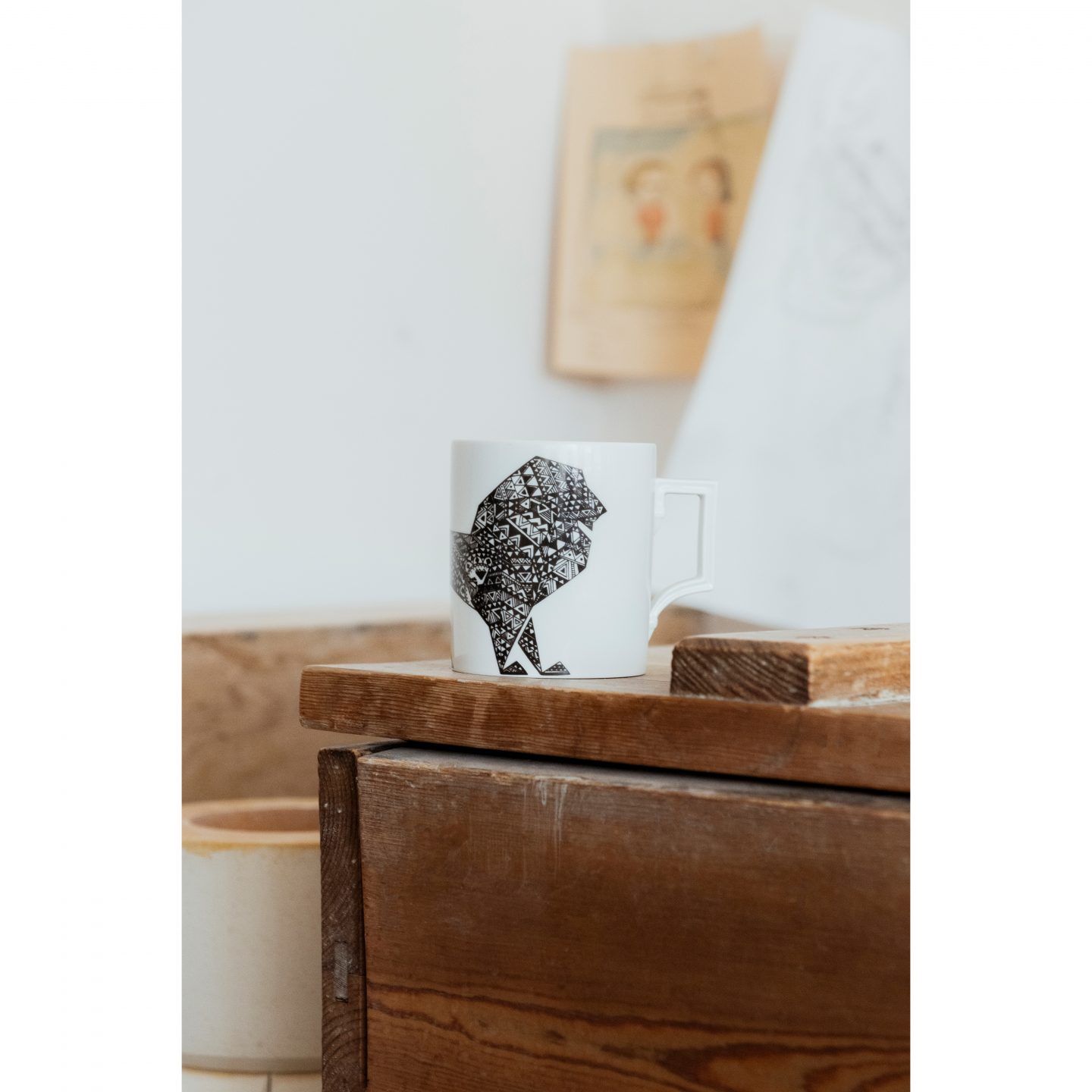
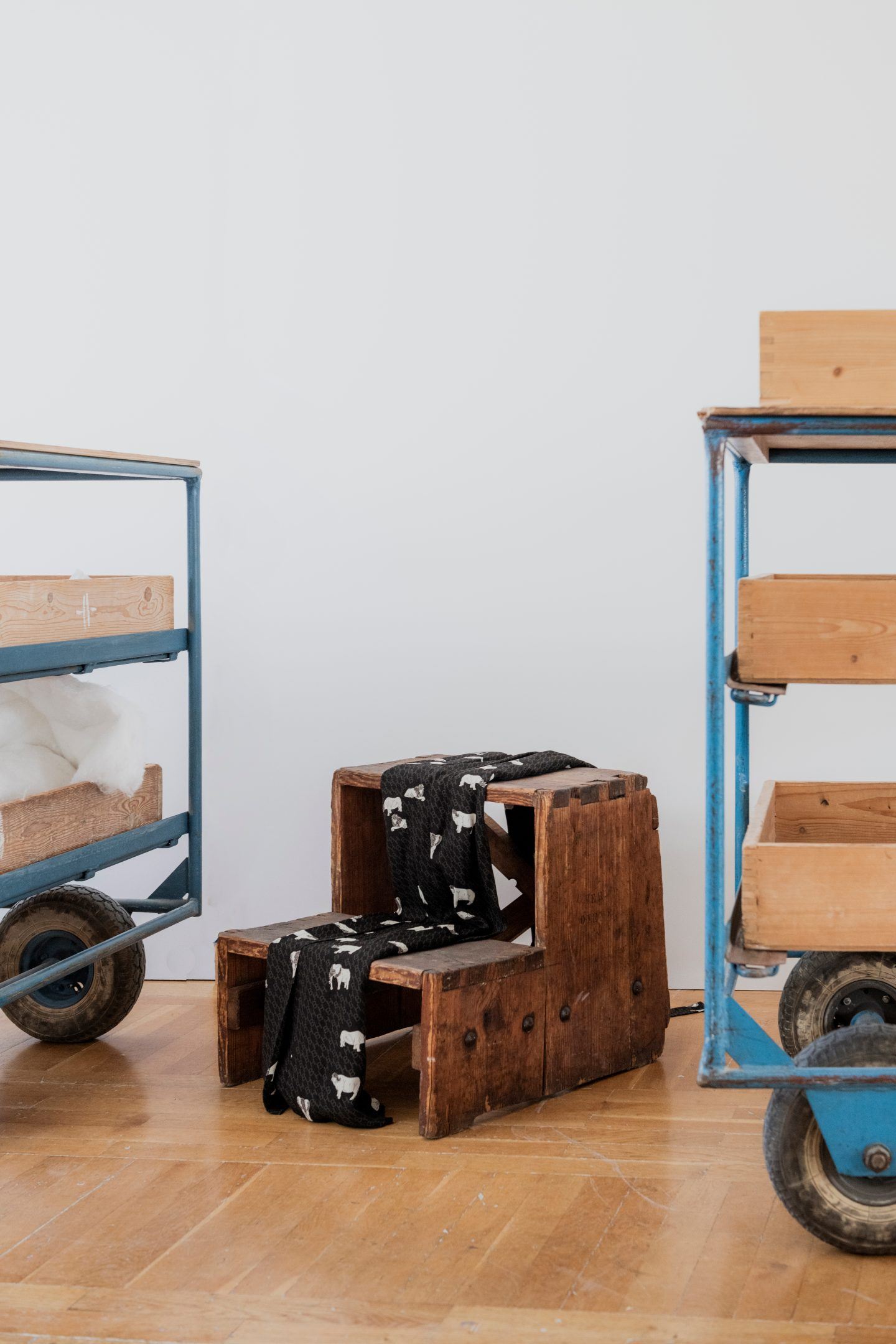
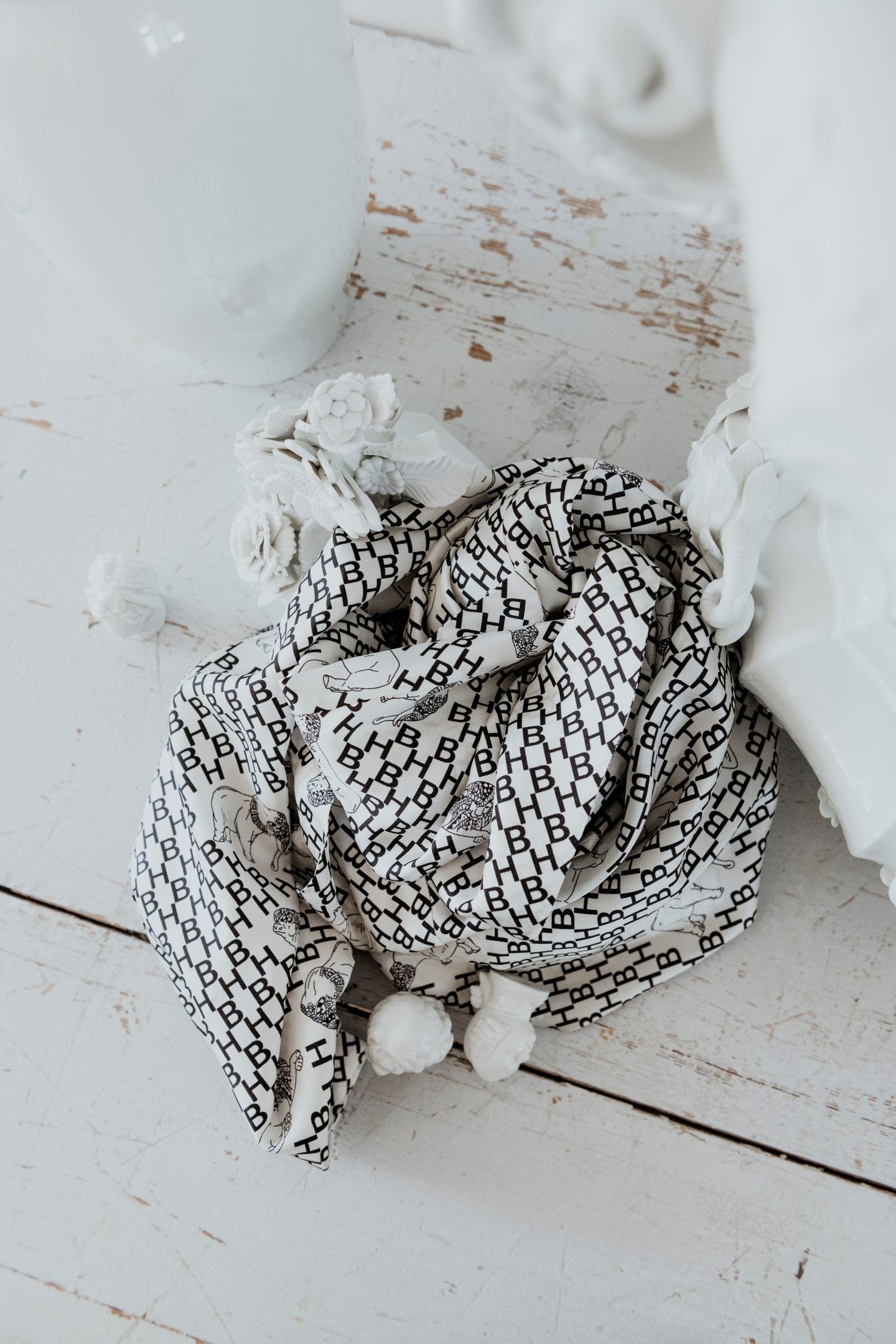
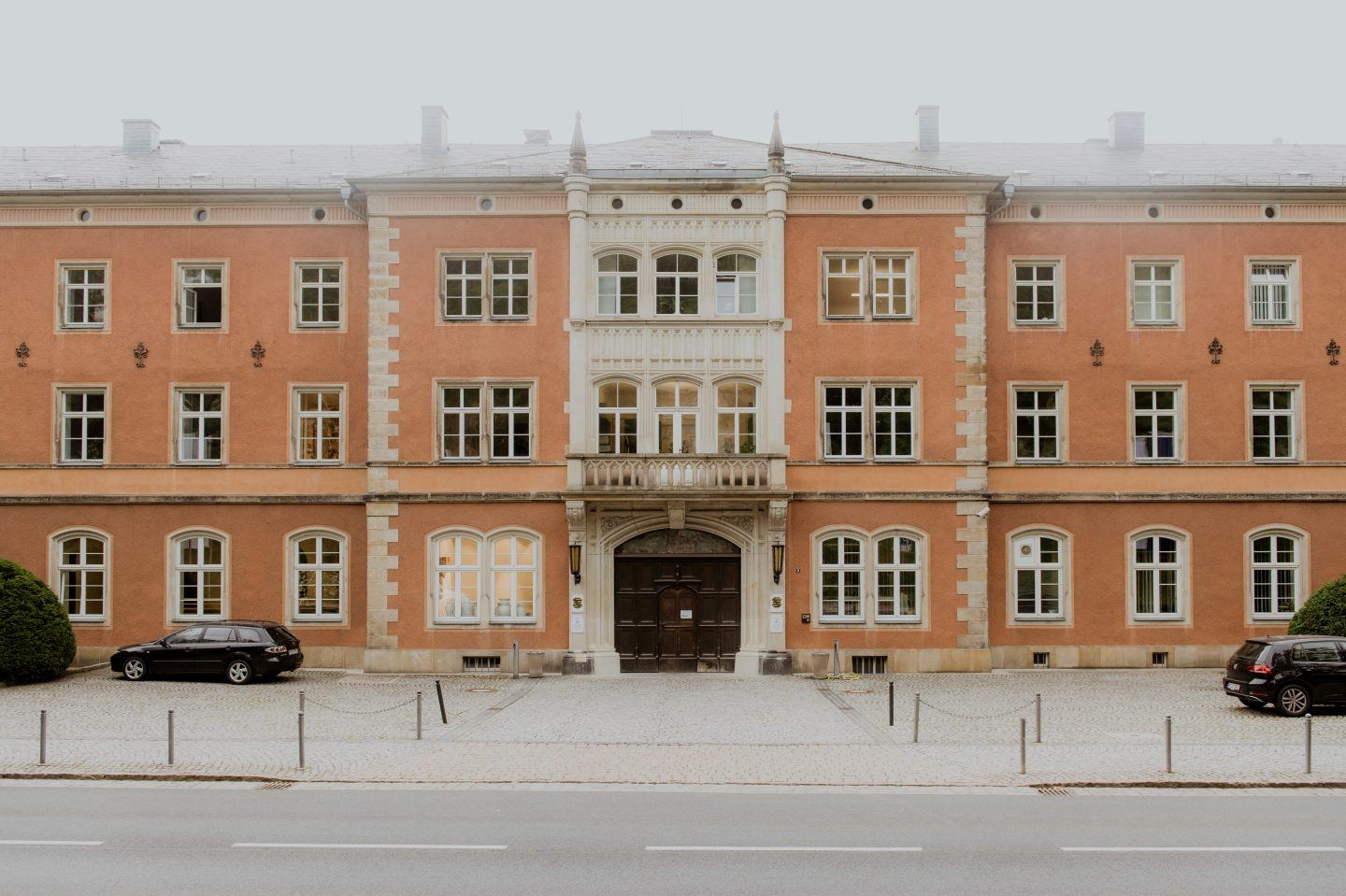
The festive collection, that toys with nostalgia and the contemporary, will hit BOSS stores around the globe and the Onlineshop in November.
This feature was created in collaboration with BOSS
Images © Franz Grünewald for IGNANT Production
